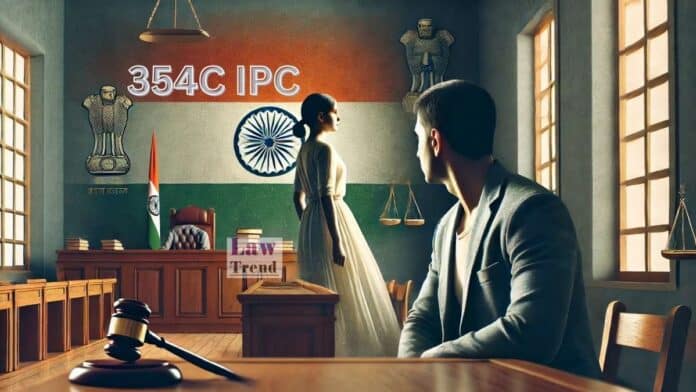The Kerala High Court, in a significant interpretation of voyeurism laws, ruled that viewing or photographing women with exposed private parts in a public or non-private setting does not fall under the offence of voyeurism as outlined in Section 354C of the Indian Penal Code (IPC). The decision came in the case of Ajith Pillai
To Read More Please Subscribe to VIP Membership for Unlimited Access to All the Articles, Download Available Copies of Judgments/Order, Acess to Central/State Bare Acts, Advertisement Free Content, Access to More than 4000 Legal Drafts( Readymade Editable Formats of Suits, Petitions, Writs, Legal Notices, Divorce Petitions, 138 Notices, Bail Applications etc.) in Hindi and English.




